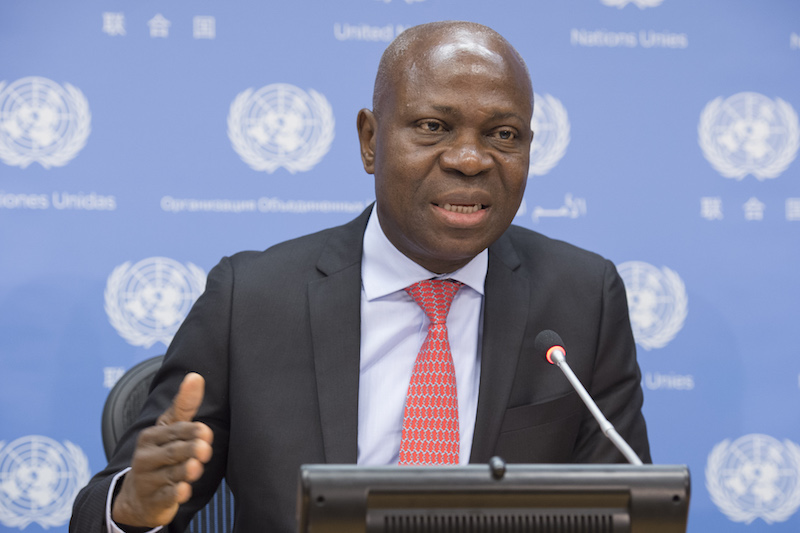Global Workforce Gender Disparity Highlighted by ILO Director General at UNCTAD Forum

May 25, 2024
The director general of the International Labour Organisation highlights gender disparities in global supply chains, with women underrepresented and facing challenges in key sectors, exacerbated by COVID-19 impacts.
A stark gender disparity exists within the global workforce, the director general of the International Labour Organisation (ILO), Gilbert F Houngbo, has revealed here.
The revelation came on the final day of the UNCTAD Global Supply Chain Forum on Friday.
During a panel discussion, “Charting New Horizons: Gender Equality in Supply Chains – Challenges and Opportunities”, Houngbo unveiled statistics highlighting the underrepresentation of women in key sectors: “Over the past 30 years, the world has seen economic growth and expanding international trade driven by businesses that rely on global supply chains. Our estimates at the ILO are that one in five people in the global workforce are employed in the supply chain. Women represent 40 per cent of these workers.”
Houngbo noted that while the growth of female workers in supply chains is part of a trend that has seen millions join the formal labour market in recent decades, helping reduce poverty, inequality persists between women and men. This is evident in the gender pay gap and women being more likely to be employed on temporary contracts.
“Such gender-based segregation is deeply rooted in social norms which, in turn, impact the position of women in the world of work. For example, women are overrepresented in supply chains that depend on low-skilled work,” he said.
COVID-19 further worsened existing disparities, with the ILO’s research showing inequality widened during the pandemic due to its impact on trade. “Women were more likely to work in industries most disrupted by the collapse in global demand,” Houngbo said. “We also know that women have benefited less than men in the subsequent period of trade recovery.”
Only one per cent of the maritime workforce is female despite interest in seafaring careers, Houngbo revealed, adding that gender discrimination exacerbates challenges of isolation and limited shore leave.
Natalie Sandiford, president of the Barbados chapter of Women in Maritime Association Caribbean (WMAC), highlighted “biases and barriers” regarding perceptions of women in the sector, where labour-intensive roles lead to men being seen as “stronger” and “more highly valuable”.
The WIMAC president expressed her belief that the low representation of women in maritime can be addressed by having a gender-specific treaty or convention that addresses the challenges faced and one speaking specifically to gender parity within the sector.
“Another challenge is that we need funding. It’s great to have programmes and these networking opportunities in place but in order to pursue the initiatives that have been identified, we need to have funding.”
UNCTAD secretary-general Rebeca Grynspan outlined initiatives addressing disparities, including e-trade, data, ports and cross-border trade: “We now are trying to jump a step up in policies for trade in general – economic diversification, opening opportunities for women.”


